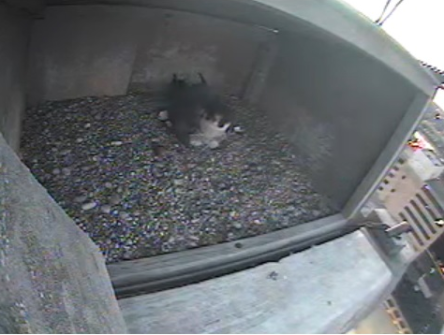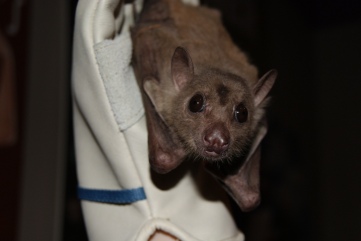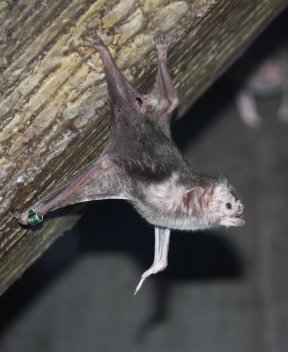
Arctic Tern
By STEPHANIE HYLINSKI
On Saturday, May 13, the Boonshoft Museum of Discovery will be celebrating International Migratory Bird Day (IMBD). IMBD was established in 2000 to raise awareness about migratory birds and to encourage people to help protect their habitats. International Migratory Bird Day is celebrated across the Western Hemisphere since many birds move between North and South America.Migration is the seasonal movement of animals from one area to another, and birds migrate to find better resources. Migration occurs on a large scale; all or most of the birds living in the area move as a flock. Of the more than 650 species of birds that breed in North America, more than half are migratory.
Birds migrate to find better food and nesting sites. Birds that live and breed in the Northern Hemisphere move south for the winter. Winters in the Northern Hemisphere are cold and there are not many sources of food available; like seeds, fruits, and insects.

Bird-watching at the Boonshoft
Birds migrate south to escape the cold and find better food resources, and then return to the north to breed. Birds that nest in the Northern Hemisphere tend to migrate northward in the spring to take advantage of growing insect populations, budding plants, and an abundance of nesting locations. Also, because of the earth’s tilt, days are longer in the Northern Hemisphere than in the Southern Hemisphere during the summer. Longer daylight hours mean that the birds can spend more time searching for food and feeding their chicks.
Not all birds migrate. For example, you probably see cardinals in your backyard in the summer and during the winter. Some birds migrate short distances, like moving across states. Around 350 bird species that live in North America migrate from the United States and Canada to wintering grounds in Central and South America.

Migratory Birds In Winter
The Arctic tern is famous for its migration; it flies from its Arctic breeding grounds to the Antarctic and back again each year, which means they fly about 40,000 miles every year. The long journey ensures that this bird sees two summers per year and more daylight than any other creature on the planet. The average Arctic tern lives about thirty years, and will travel 1.5 million miles during its lifetime, the equivalent of a round trip from Earth to the moon over three times!
For more information on International Migratory Bird Day, check out http://www.birdday.org/.






















